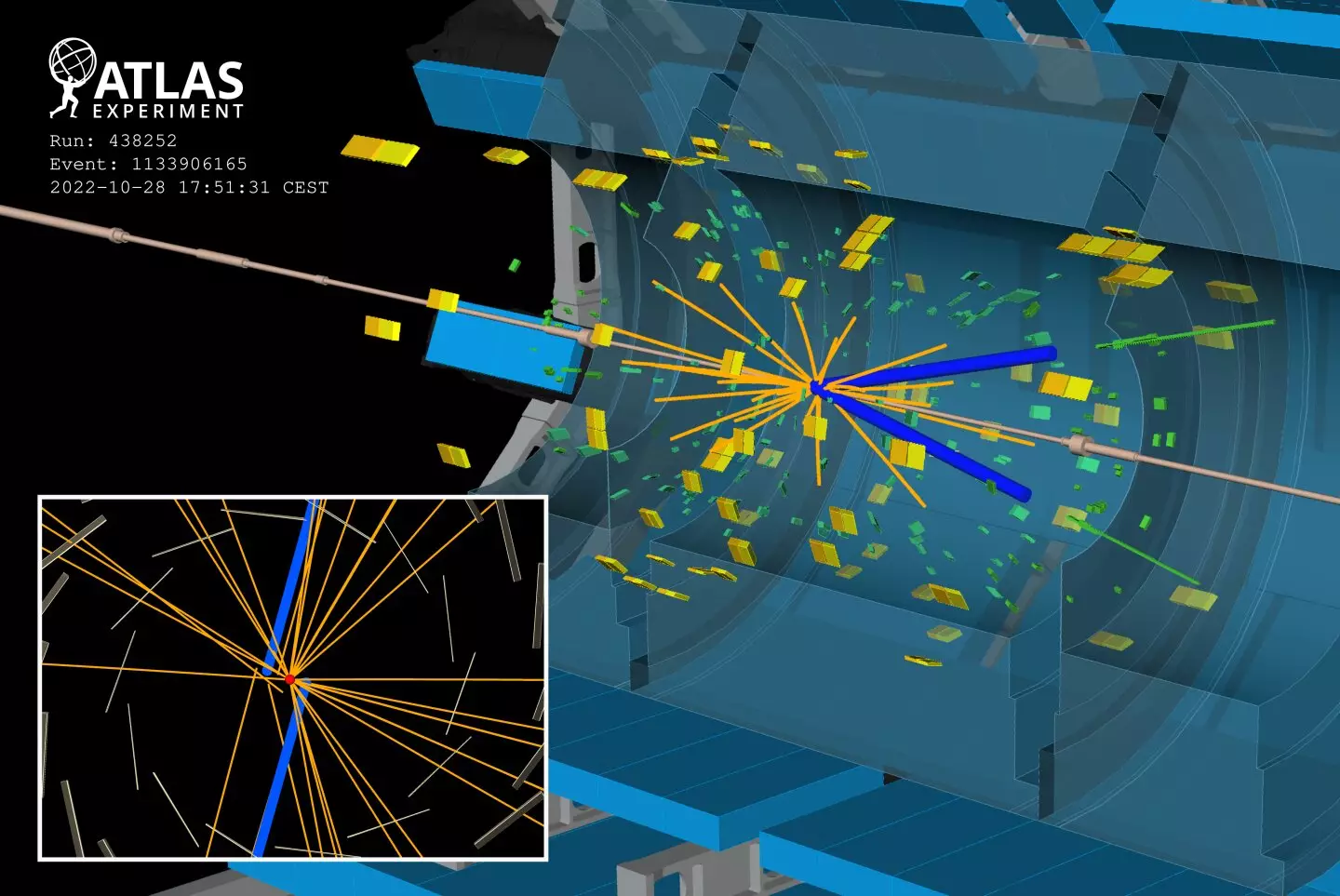The Standard Model of particle physics stands as a monumental achievement in understanding the fundamental constituents of matter and their interactions. Yet, paradoxically, it is also recognized as fundamentally incomplete. Despite its success, the Standard Model fails to incorporate several observed phenomena, such as gravity and dark matter. This gap has ignited a fervent search within the scientific community for signs of new physics—new particles and interactions that could point the way toward a more comprehensive theory. Recent findings from global experiments indicate that serious efforts are underway to unveil the secrets that lie beyond the Standard Model, instilling both hope and excitement among physicists and enthusiasts alike.
Unraveling Mysteries: The Promise of the ATLAS Collaboration
The recent biannual International Conference on High-Energy Physics (ICHEP), held in Prague from July 17 to 24, 2024, showcased the ATLAS collaboration’s groundbreaking efforts at the Large Hadron Collider (LHC). At this event, the collaboration provided initial results from its latest investigations, focusing on magnetic monopoles and long-lived particles. Magnetic monopoles, if they exist, would be revolutionary; they are theorized to carry a single magnetic charge, either north or south, thus creating a direct symmetry between electricity and magnetism. Their discovery could not only expand our understanding of electromagnetism but could also validate grand unified theories that attempt to reconcile the strong, weak, and electromagnetic forces.
The Technical Pursuit of Monopoles
The search for magnetic monopoles is inherently complex due to their expected unique signatures in particle detectors. The ATLAS team utilized data from heavy-ion collisions, specifically lead-lead interactions at a staggering energy level of 5.36 TeV per nucleon. These ultraperipheral collisions—where ions tangentially interact via electromagnetic forces rather than through direct collisions—have the potential to produce intense magnetic fields, reaching strengths of up to (10^{16}) Tesla. This scenario sets the stage for potential monopole generation. However, despite these ideal conditions, the ATLAS collaboration reported no evidence of monopole production in their Run 3 data, establishing some of the most stringent limits to date on the production rate of these elusive particles with masses below 120 GeV.
Long-Lived Particles: A New Frontier
Beyond magnetic monopoles, physicists are also delving into the intriguing possibility of long-lived particles—hypothetical entities predicted by theories such as supersymmetry. These particles decay at a slower rate, leading to distinctive signatures that may not originate directly at the interaction point of the collisions, thus evading traditional detection methods. The ATLAS collaboration’s innovative approach to search for these long-lived particles involved refined event selection processes, allowing researchers to track displaced particle tracks indicative of such phenomena.
One particularly promising search incorporated a signature in which one of the long-lived particles decays into an electron, resulting in trails that are significantly offset from the expected interaction point. This unique feature could signify new physics at play. Nevertheless, the results yielded from these searches aligned with Standard Model predictions, again serving as a reminder that while we are probing into uncharted territories, our current understanding still reigns strong.
Teetering on the Brink of Discovery
What the ATLAS collaboration has demonstrated is the persistent drive to expand our understanding of the universe, even when immediate results may seem disappointing. The rigorous methodologies and state-of-the-art technologies being utilized set the stage for future discoveries. With plans for upcoming data taking and enhancements to the LHC, particularly as it transitions into its High-Luminosity phase, there is a palpable sense of anticipation in the air. The continued efforts to detect magnetic monopoles and long-lived particles could unveil deeper truths about the nature of the universe and forces that govern it. As researchers refine their techniques and deepen their exploratory ventures, the prospect of uncovering groundbreaking revelations looms larger.
The journey to uncover new physics is fraught with challenges, yet each search, each experiment at the LHC, brings us closer to answering the colossal questions of existence. With the prospect of new findings on the horizon, the scientific community stands united, driven by curiosity and the collective ambition to push the boundaries of our understanding further into the cosmos.


Leave a Reply